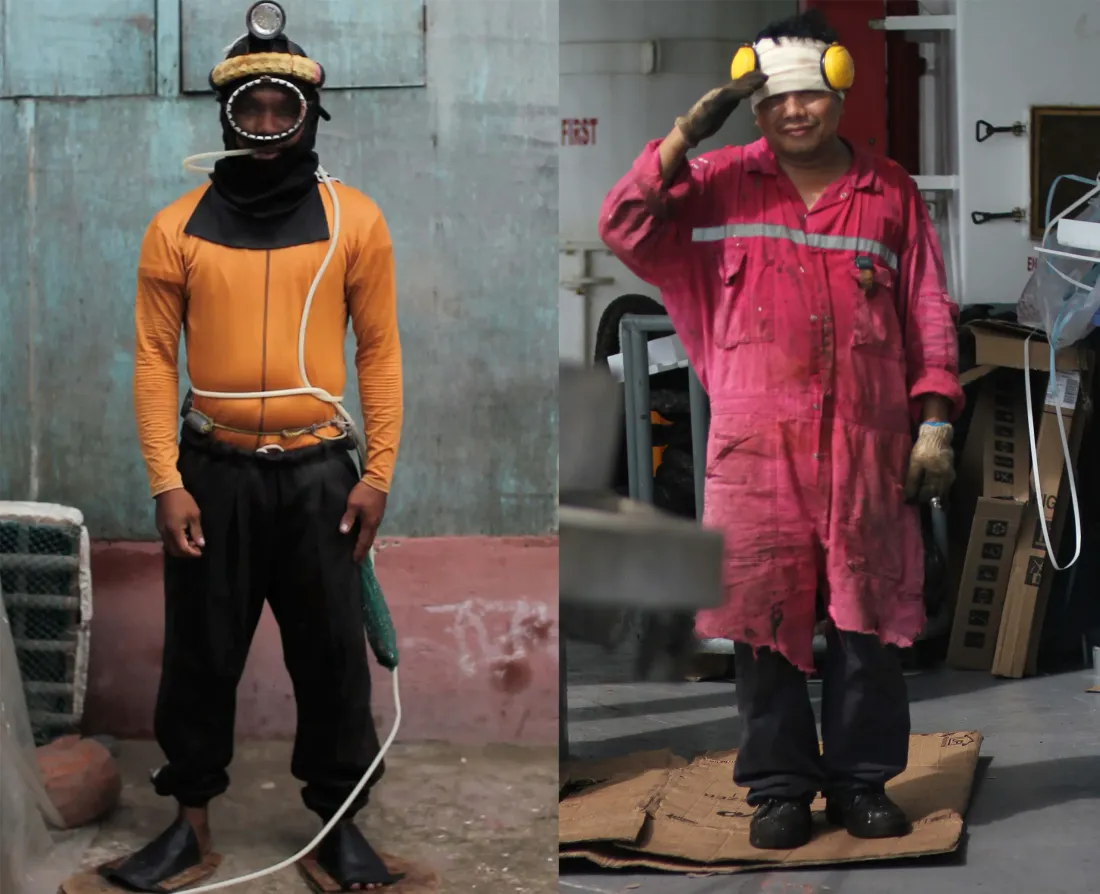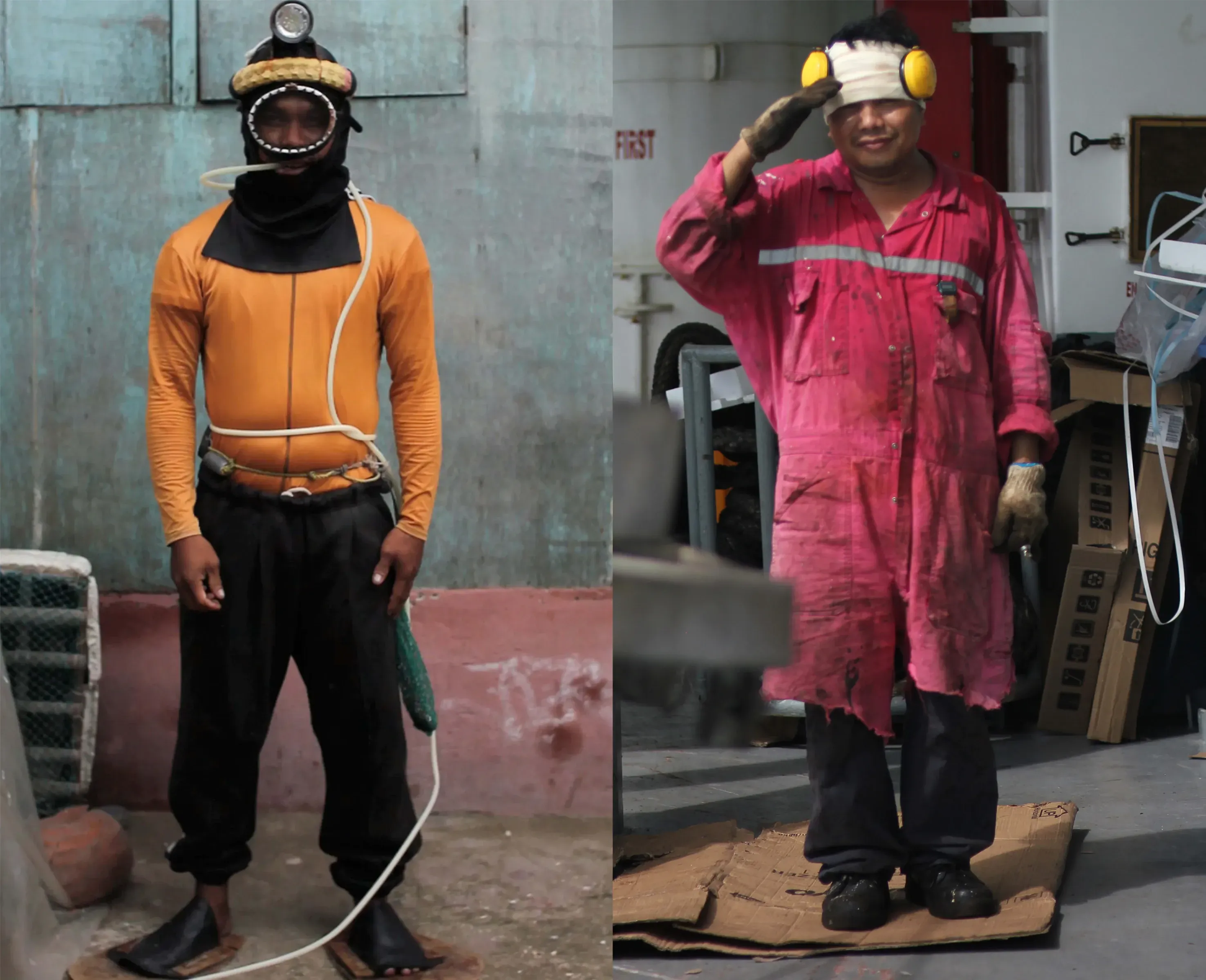Images From Home
Written by


Personal and shared banks of still and moving image are growing exponentially. Ways of accessing past and present histories are multiplying.
Conceptions of home have always been diverse – spread across space and time through whakapapa, migration and popular culture - but now there is a visual culture that in its multiplicity captures it. The digital image bank vies with the object and the stories we pass down orally as holder of our complex sense of place.
The perception that there are things that bind us as ‘one nation’, or of simply one place and perspective crumble somewhat in the face of our own community webs. No longer are we all heading off to the movies for a National Film Unit produced newsreel. Or even - as the culturally poignant film Poi-E: The Story of Our Song reminded me - watching the same television channels anymore. The mainstream media centre gets pappier, less representative of cultural shifts.
In a way we’re heading back to the more community story driven media existence that existed before film came into our lives: just more multilayered and powerfully, globally connected.
These thoughts have been occupying my mind over the last week taking in exhibitions, and a rich moving image artist week and symposium Phantom Topologies in Wellington.
At Enjoy gallery I found Dilohana Lekamge’s For any who come to take from here powerful and disturbing precisely because it denied us her databank of imagery. The exhibition title almost serves as a warning: ‘there’s no easy copy and paste nostalgia here – you’re not co-opting my history’.
A performance and video artist, Lekamge moved to Wellington from Sri Lanka aged three. As she says in Salient in conversation with curator Louise Rutledge her family spent their first two years in numerous houses too small for them in the raw suburb of Newlands. For this project she revisited those homes. Never having visited Sri Lanka, she surmises these buildings where her first memories were made are the closest physically she can get to her place of origin.
The reality is cold comfort. On a series of small video monitors on the floor are shots of exterior generic state home infrastructure: the driveway, pipes, air vents, and under-stair spaces. The sort of fragmented collection of nondescript utility spaces you might recall getting intimate with at a low height as a small child.
While the use of strategically placed small monitors on the floor has long become passé in exhibition presentation it does fits the performative feeling of Lekamge’s work. It is complemented by a large projection of an interior wall of badly peeling paint with the artist herself viewed only half in frame, her back to us, face to the wall, banging against the boards as if they might offer up some grounding. This work is all distressed surfaces. And as the work’s subject Lekamge refuses to be our object.
As an approach this could become banal and tiresome (it critiques but doesn’t offer new possibilities), yet for this moment in time it offers a refreshing counter to the co-option of colourful, multicultural images of smiling people to market commercial product.
At Toi Poneke Gallery photographer Petra Stueben offers a different take on connecting to family history through treatment of the remnant object. In 1930s Germany Stueben’s grandmother skillfully took photographs of the family’s valued possessions. This was in response to Hitler’s promise that there would be compensation for German citizens whose property was destroyed or lost due to military hostilities. Their house was consequently destroyed in a bombing raid, there was no compensation and the objects live on only as images.
We live in a time when many people are considering what of the family ornaments passed down might be divested of in favour of digital records.
Last year, in the first part of her The hereafter and the here-now project Stueben distributed from the gallery posters of some of these gorgeous images of ornamental objects (in a smart partnership with Vivienne Atkinson’s ‘At Home’ project, where Atkinson invited people to bring in their family silver to have it cleaned). You could take a poster home on condition that after you’d put it up on your wall you took a photograph of it in situ and sent it to the artist.
In this way the object that had become an image had become an object again, talking to a new generation of ornaments in other people’s homes and offices in a new land. The whole endeavour highlights how culturally splintered or fragmented the genealogy of the images around us in our surroundings has become.
While Lekamge at Enjoy returns to the vacant deteriorating site of memories, Stueben at Toi Poneke follows the reproduction of the object as image to its current riotous place of multiplicity. Part Two of the project at Toi Poneke sees the images returned care of their new caretaker’s images, only be cut out and reinserted as sculptural objects into a playful installation that gets almost viral in its intensity.
While Lekamge is spare, Stueben is all temporal warehouse scattering, playing off surfaces and mirror planes to create a collapse together of the 2D and 3D. This play with perspective and cheap materials is all too-familiar (as passé as Lekamge’s in contemporary art aesthetics) but there’s real grit in how Stueben has taken her family’s story and brought it into the lives of others today, speaking powerfully of the personal value of both object and image.

Studio Songs Julian Dashper 1998 single channel video
Conversations Across Space and Time
Last week was a significant one for conversation about concepts of time and distance in relation to moving image - thanks to Circuit Artist Film and Video’s moving image artists’ week and symposium. With artists and curators in attendance from around New Zealand and the Asia-Pacific region, this was a welcome forum across institutions for artist-led conversation in the capital.
Title Phantom Topologies has an attractive yet head spinning ring to it, but quickly unpacks revealing its relevance. Visiting UK curator George Clark and Circuit director Mark Williams explored how concepts of place - ‘here’ and ‘elsewhere’ - shift depending on our location and experience.
That theme demanded a multiplicity of viewpoints: from Canadian Alexandre Larose’s ghostly, magnetic and gorgeously textured poetic piece filmed at Otago’s St Bathans (‘St Bathans repetitions 1/2/16 - 21/3/16’) to Kidlat Tahimik's remarkable 1983 Filipino mockumentary on the effects of globalization on a small community, Turumba (excerpts here). The programme was refreshingly diverse in the approaches it smartly umbrella-ed.
Phantom Topologies exploded any conceits of objective artistic viewpoints. Instead the central exhibition at Massey’s The Engine Room I want to be where I am (on until 30 September), favoured the camera in the hands of collaborators embedded in community to effect change.
Strong work by New Zealand artist Tanya Te Miringa Te Roranrangi Ruka with Martha and Jake Atienza from the Phillipines, were brought together with Geoff Steven’s seminal film of the 1975 Maori Land March, Te Matakite o Aotearoa. Available online here, I cannot recommend the latter film highly enough in the way it speaks between then and now. It has a directness, humanity and beauty that sees it easily traverse time. Key in its action are Stevens (Director), Leon Narbey (images) and Phil Dadson (sound) role within the marching collective. There’s the sense of an active collaboration and intimacy in the way those participants speak to camera, while the filmmakers remain a peripheral but supportive bridge to a wider public.
In terms of its positioning within the community of people marching, the work forms an interesting conversation with Ruka’s work from within the land rights movement today, and the work of artists like Paul Janman and John Vea who I shared a discussion with at the symposium.
I spoke to George Clark about the theme in a Circuit podcast. Clark spoke of the centrality of the work of the late artist Julian Dashper to the theme. On the face if it an artist more different to these above it’d be difficult to find, yet Dashper is a key figure in exploring the traffic of ideas between different locations and the importance of how they are framed. Dashper explored the importance of context in a way few New Zealand artists did before him.
And here Clark and Williams did something clever. Like a homage to the tactics Dashper himself employed in using different formats and spaces, they inserted his video works on small monitors into empty echoing white-painted rooms and lecture theatres in the bottom of the old national museum building (where Dashper had previously exhibited). Dashper‘s brand of conceptualism paired with a formal minimalism was given life with an audacity and dry wit that felt like the ultimate homage. It was as if the curators had been instructed to undertake this installation on instructions from the artist left sealed in an envelope before his untimely death.
- For any who come to take from here, Dilohana Lekamge, Enjoy, Wellington, until 17 September
- The hereafter and the here-now - part II, Petra Stuben, Toi Poneke, Wellington, until 17 September
- I want to be where I am, The Engine Room, Massey University, until 30 September